Inquiring minds in trading pits everywhere can't help but wonder as inflation and gross domestic product (GDP) diverge in dangerous ways. And markets are getting exactly the last thing you'd want from Ueda's BOJ: crickets.
Data released on Friday (July 21) showed that core inflation, which excludes fresh food, rose 3.3% in June year on year, faster than in the US. Japan's inflation surge shows how quickly price dynamics can shift - and perhaps get away from a central bank.
This adds an economic exclamation point to next week's BOJ policy meeting. The two-day event ending July 28 is shaping up to be the BOJ's last chance to salvage its reputation in world markets.
The odds the BOJ will do just that aren't great.“Although we don't rule out some yield-curve-control-related change at the BoJ's upcoming policy meeting, our base case is for the central bank to stick to its guns,” says Stefan Angrick, senior economist at Moody's Analytics.
This crisis of confidence confronting the BOJ has many fathers, of course. Blame must be shared by Prime Minister Fumio Kishida's ruling Liberal Democratic Party (LDP) for squandering the last decade. The same goes for a succession of BOJ leaders who forget about what William McChesney Martin said about punch bowls 70 years ago.
It was in 1951 when Martin, then chairman of the US Federal Reserve, famously quipped that a central banker's job is to remove the punchbowl just as the party gets going. Far from internalizing this mindset as, say the Bundesbank of old did, the BOJ has been refilling and refilling the punchbowl for decades.
First, with the quantitative easing that the BOJ pioneered in 2000 and 2001, just after cutting rates to zero in 1999. The unsurprising result is a level of financial intoxication that no Group of Seven (G7) economy had ever known.
Twenty-plus years ago, when then-BOJ leader Masaru Hayami served up quantitative easing (QE), it was meant to be a special monetary cocktail available for a limited time only. Over time, though, the Tokyo political establishment got hooked on loose monetary policy.
One government after another prodded the BOJ leader at the moment to keep the liquidity flowing - and to up the dosage. This cycle got supersized in 2013, when the LDP hired Ueda's predecessor, Haruhiko Kuroda.
Latest stories

hyunmoo-v missile built for s korea's nuclear ambitions

australia's lng export regulation imperils china, japan
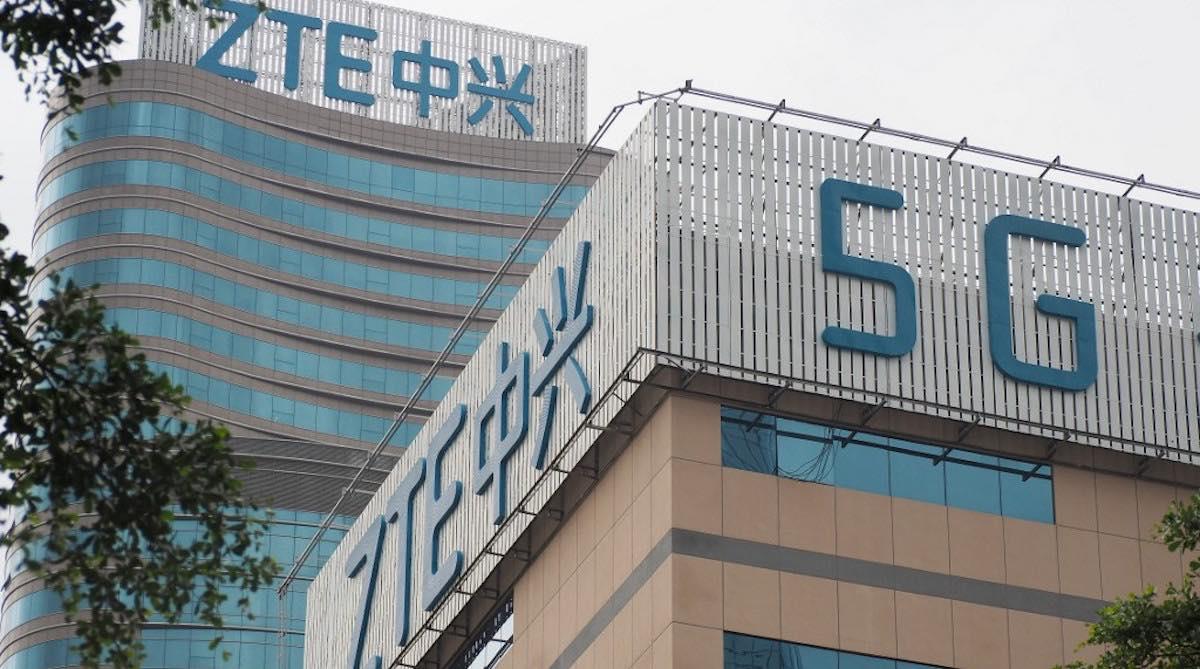
zte leaving ericsson, nokia in its 5g dust
At the time, then-prime minister Shinzo Abe said he was mixing up his own cocktail of badly needed structural reforms to end deflation. Abe promised a mix of Ronald Reagan and Margaret Thatcher with Japanese characteristics. Mostly, though, Abe just prodded Kuroda to add more punch bowls.
It backfired. As Kuroda fired his monetary“bazooka,” the yen plunged and exports soared. That generated a corporate earnings boom, one that propelled the Nikkei Stock Average up 57% in 2013 alone.
But those gains never made it to the average Japanese as wages flatlined. That's because Abe's party failed to implement the supply-side revolution it promised.
Moves fell by the wayside to cut red tape, liberalize labor markets, increase innovation and productivity, empower women and restore Tokyo's place as Asia's financial hub. Instead, Abe bet it all on ultraloose central bank policies, the likes of which modern economics had never seen before.
In short order, the Kuroda-led BOJ drove the yen down 30%, hoarded more than half of all outstanding Japanese government bonds and morphed the BOJ into a giant hedge fund by gorging on stocks. By 2018, the BOJ's balance sheet topped the size of Japan's US$5 trillion economy, a first for G7 members.
None of it generated real inflation, though. That took Vladimir Putin's invasion of Ukraine. The massive boost to oil prices had Japan importing too much inflation too fast via an undervalued exchange rate. The Putin factor collided with Covid-19 era supply chain price pressures.
Japan suddenly had the inflation it sought for a decade. It was the“bad” kind, though, generated more by supply shocks than rising consumer demand. It also came too quickly, catching BOJ officials flat-footed.
On Thursday (July 20), Kishida's government dramatized the problem by projecting that inflation will likely hit 2.6% this fiscal year.
That's the highest in at least three decades and well above the BOJ's 2% target. Worse, it's double the government's GDP expectations, now projected to expand 1.3% in the current fiscal year ending in March 2024.
In December, with his retirement less than four months away, Kuroda tested out how declaring“last call” might go down. Not well: Kuroda's December 20 move to let 10-year yields drift as high as 0.5% caused bedlam in markets .
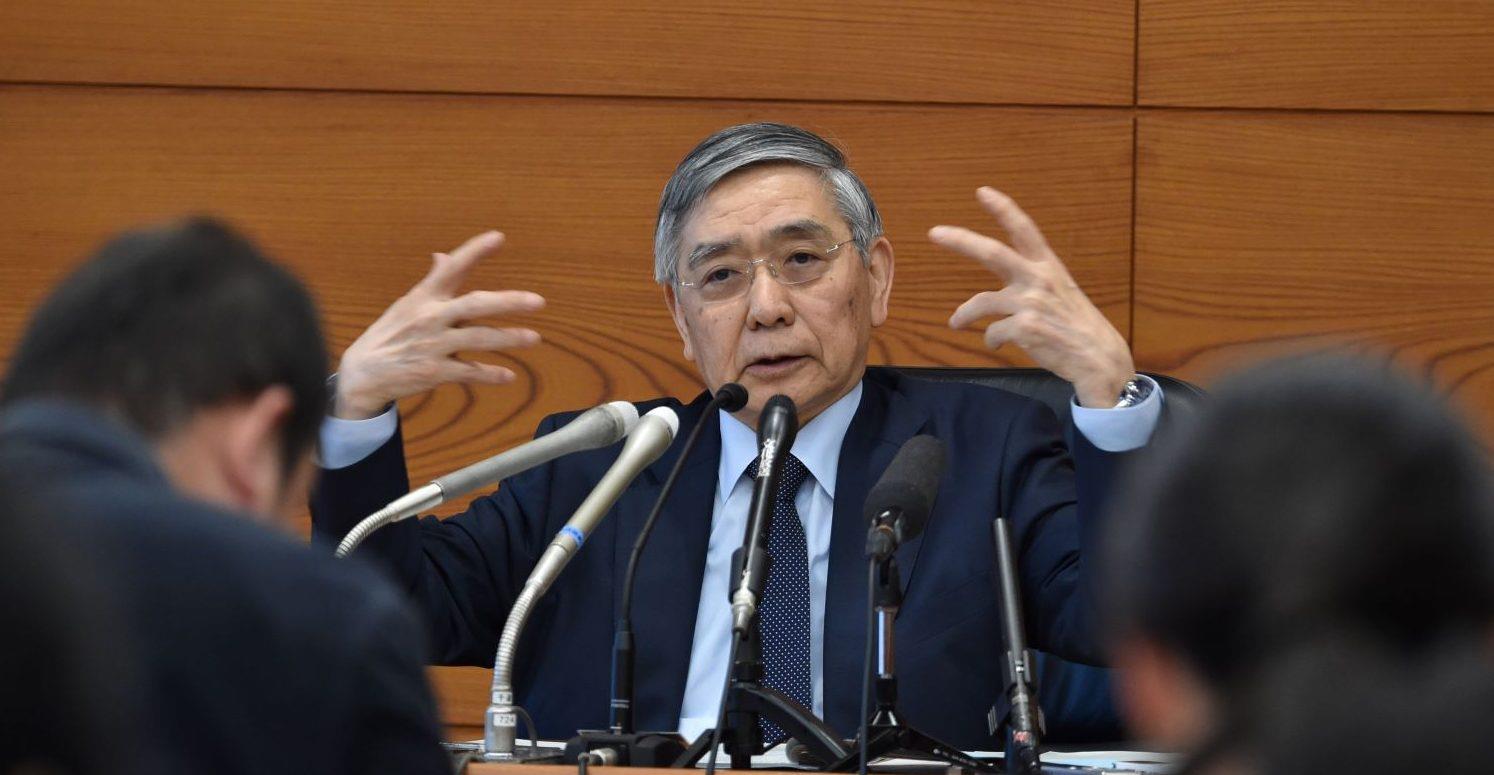
Then-Bank of Japan governor Haruhiko Kuroda has a QE problem. Photo: Asia Times Files / AFP
The yen surged, Japanese stocks cratered and Wall Street panicked. Kuroda's response was refilling the punchbowl - again - and then passing bartending responsibilities to Ueda.
It now falls to Ueda to devise a 12-step program for Tokyo without crashing global markets. The trouble is, 23 years of open-bar policies made it okay for investors everywhere to drink free on Japan's dime.
The arrangement gave way to the so-called“yen-carry trade.” Two-plus decades of zero rates made Japan the premier creditor nation. Investors of all stripes got into the habit of borrowing cheaply in yen to fund bets on higher-yielding assets everywhere.
This strategy has kept aloft everything from Argentine debt to South African commodities to Indian real estate to the New Zealand dollar to cryptocurrencies.
This explains why Kuroda's flash of sobriety in December caused a mini earthquake globally. When the yen or JGB yields surge, the bottom falls out from under markets across the globe. Asian markets in particular don't tend to fare well amid big yen gyrations.
These pivots back toward“risk off” crouches often blow up a hedge fund or two. And, clearly, the last thing China needs right now as GDP slows, exports stall and questions linger about the depths of its real estate problem is financial turbulence from Japan.
“Given the BOJ's outlier status among global central banks that have spent the better part of the last two years fighting inflation ,” says economist Udith Sikand at Gavekal Research,“even the smallest of changes to its policy stance could create a ripple effect through foreign exchange markets that have gotten used to the yen being a perennially cheap funding source.”
All of which explains why next week's BOJ meeting is so crucial. It may be Ueda's last chance to guide yen-denominated assets instead of being overwhelmed by negative market forces, not least the so-called“bond vigilantes.”
The reference here is to activist traders who take matters into their own hands to
highlight government, monetary or corporate policies they deem as unwise or dangerous. They make their voices heard by driving up bond yields and boycotting debt auctions, thereby raising government borrowing costs.
If Ueda isn't careful, the financial forces that the BOJ has long held at bay could strike back. At the very least, his team must emerge from the July 28 meeting with a plan to begin winding down decades of QE.
“We expect the BOJ to widen the fluctuation range for 10-year JGB yields,” says economist Takeshi Yamaguchi at Morgan Stanley MYFG.“That said, we do not see a meaningful rise in yields. We would see a potential knee-jerk negative equity market reaction as a buying opportunity.”
It's easier said than done, of course. The last thing Ueda's team wants is to tank the Nikkei - or Japan's broader economy . Ueda, of course, has the events of December 20 on his mind. But the lessons from the 2006-07 era of BOJ policymaking also loom large.
At the time, then-BOJ governor Toshihiko
Fukui
tried his hand at weaning Japan Inc off the monetary sauce. QE, after all, was meant to bring the economy back from a kind of near-death experience; it was never meant to be permanent.
Fukui decided it was time to get Japan clean. First, he ended QE. In July 2006, he pulled off an official rate hike and then a second one in early 2007.
Not surprisingly, global markets struck back when investors, banks, companies and politicians howled in protest. Before long, Fukui was on the defensive and the rate hikes stopped.
By 2008, after Masaaki Shirakawa took over as BOJ governor, Tokyo was slashing rates back to zero and restoring QE. Then came Kuroda in 2013 to turbocharge QE.
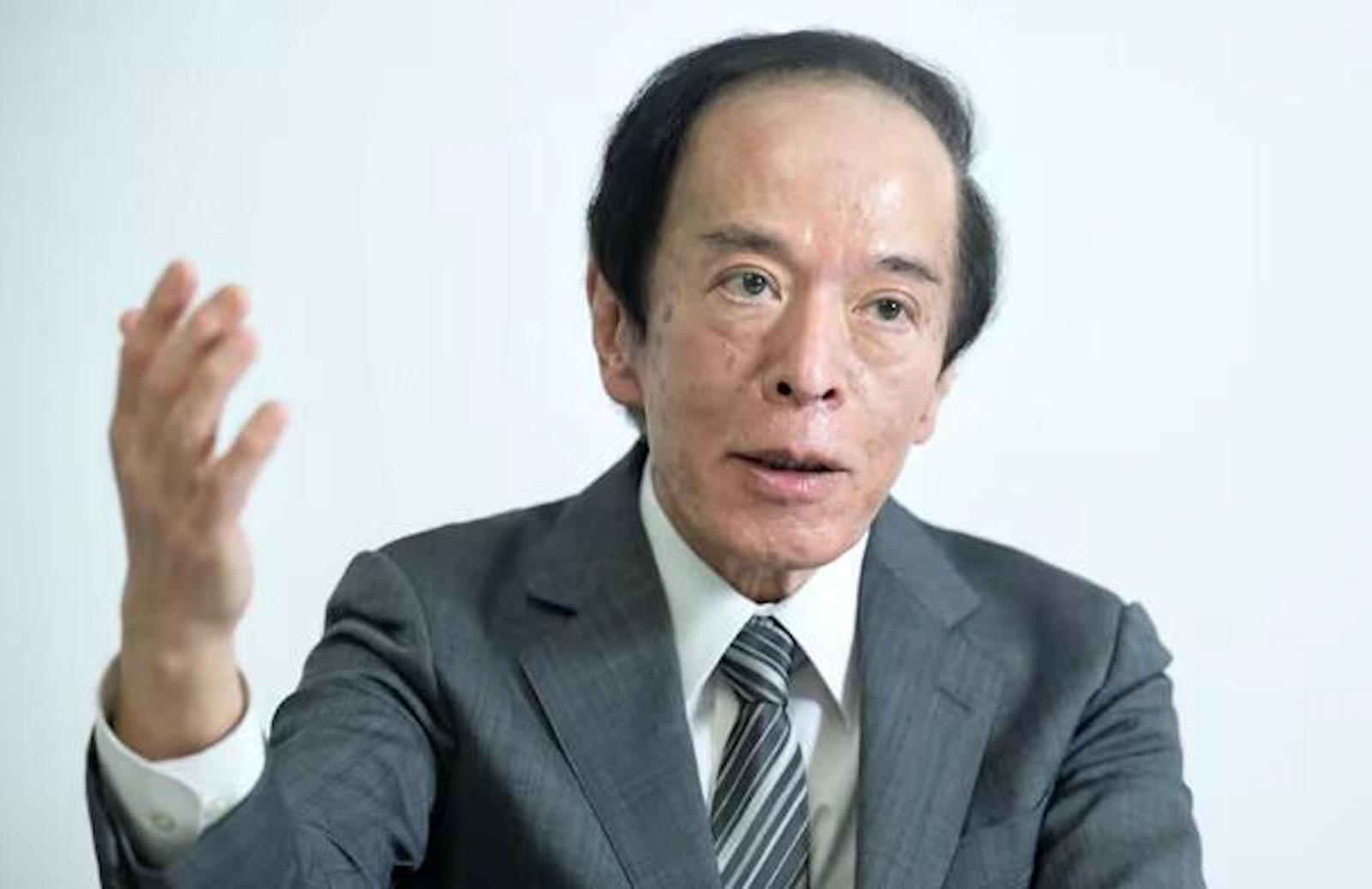
Kazuo Ueda has a decision to make. Image: Facebook
Ueda also has lessons from Washington on his mind, namely the collapse of Silicon Valley Bank (SVB) amid aggressive US Fed tightening moves. As Ueda's team understands, some of the conditions imperiling US lenders seem eerily familiar to headwinds facing Japan's regional banks.
All too many of these 100-plus institutions saw profits squeezed by an aging and shrinking population. The communities they service have been hit by an exodus of companies keen on headquartering in Tokyo rather than the provinces.
The BOJ's rigid“yield curve control” regime, which makes it hard for banks to borrow at one part of the maturity spectrum and lend at the other, is an added blow. So many regional lenders hoard bonds rather than lending SVB-style. This makes these embattled lenders vulnerable to boj tapering or tightening.
On the other side of the risk list is that the BOJ might be letting inflation become ingrained. Earlier this year, Japanese unions scored the biggest wage gains for workers in 31 years. The average 3.91% increase could add fuel to the BOJ's inflation troubles and exacerbate concerns among traders worried the Ueda-led BOJ is already losing the plot.
“It's a close call, but we still think yield curve control tweaks are possible, given that recent data support steady inflation growth and a sustained economic recovery,” says economist Min Joo Kang at ING Bank.
The only thing clear about the July 27-28 meeting, however, is that the BOJ will be in the global spotlight as rarely before.
Follow William Pesek on Twitter at @williampesek
Like this:Like Loading... Related



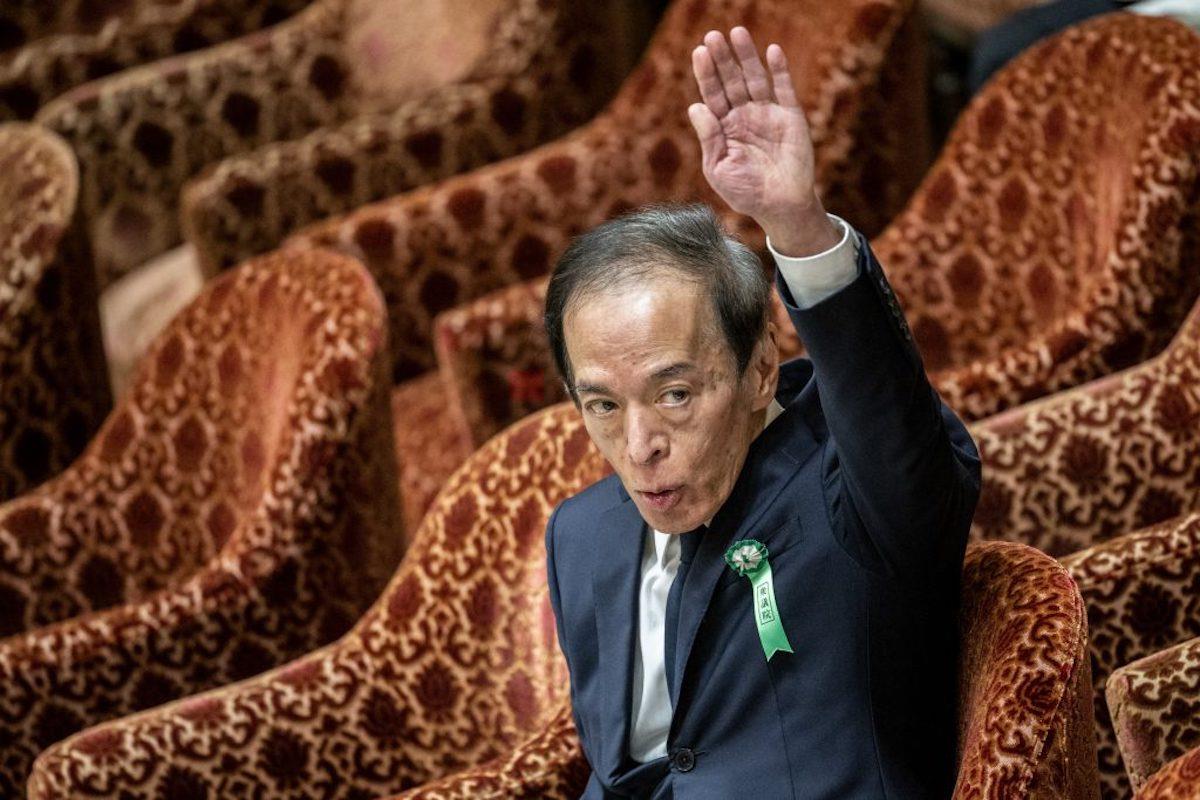
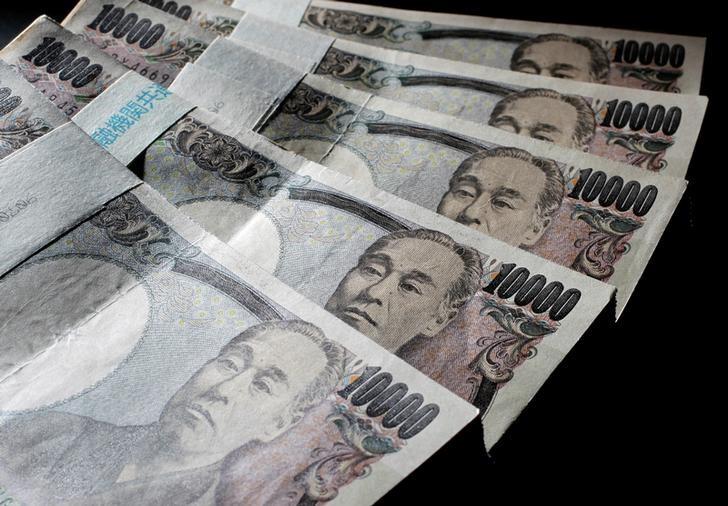


















Comments
No comment